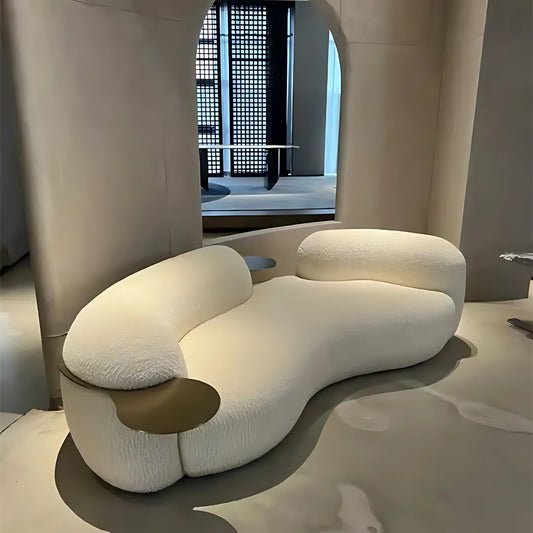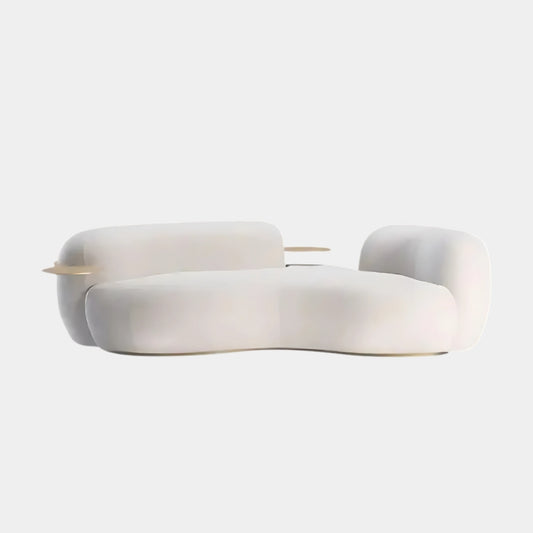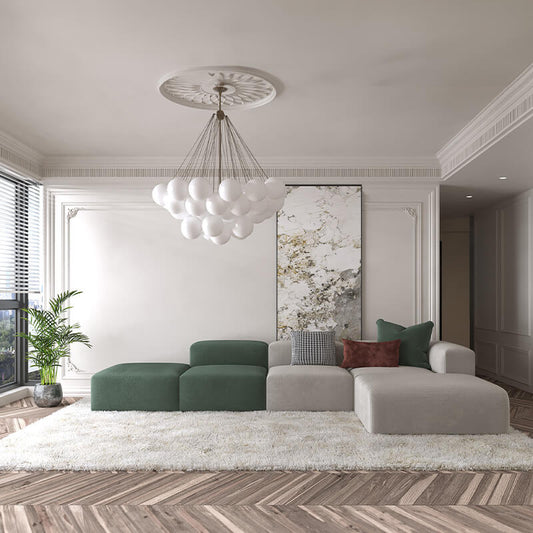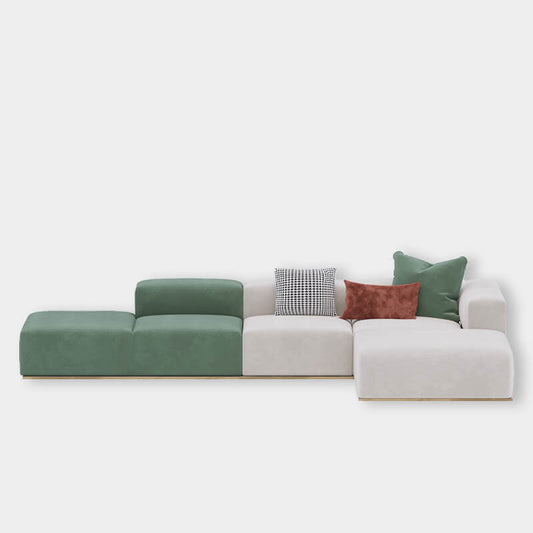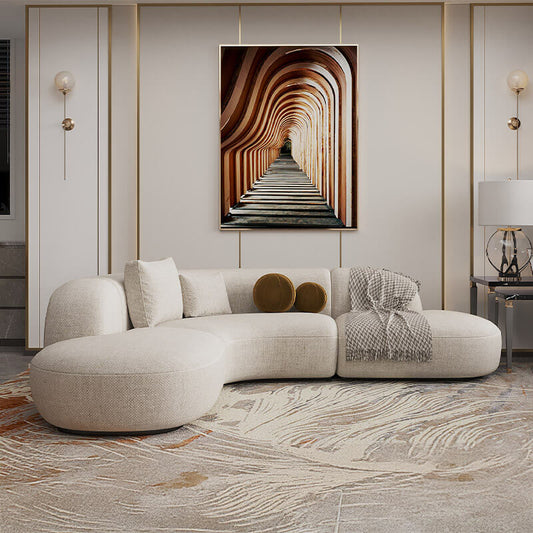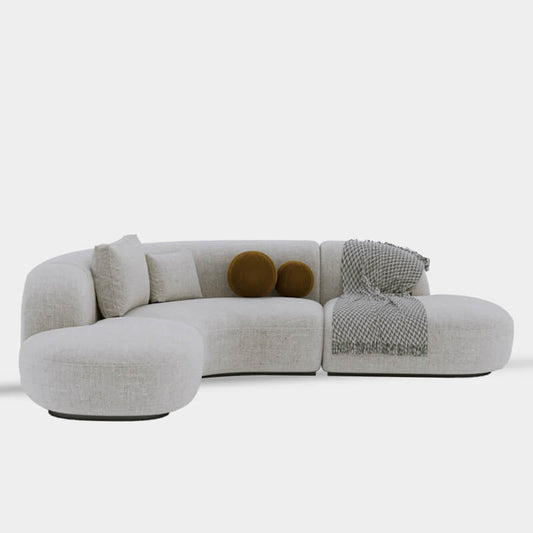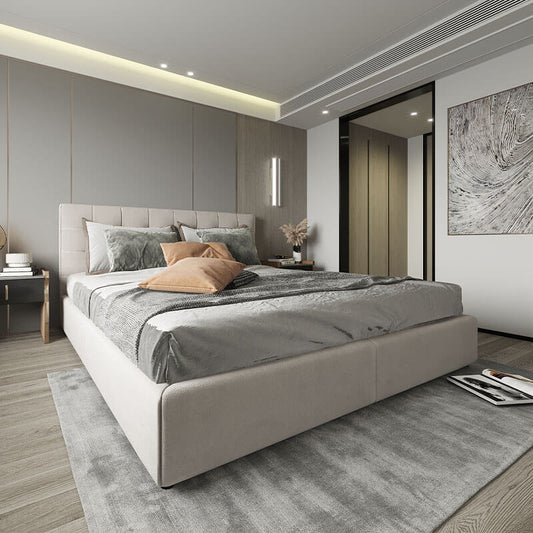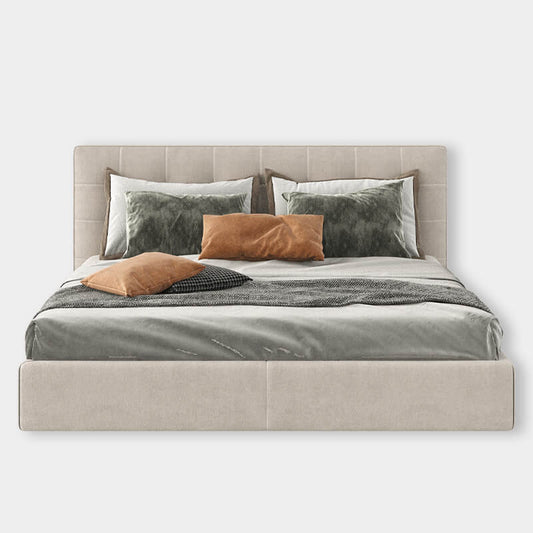India’s rich cultural history, vibrant colors, and artisanal heritage have always inspired home decor. But in today’s globalized world, homeowners are increasingly looking for ways to blend traditional Indian interior design with modern design trends. Whether you're decorating a new home or giving your space a fresh update, combining these two design sensibilities creates interiors that are timeless, elegant, and uniquely personal.
In this blog, we explore how to balance the richness of Indian decor with the sleekness of contemporary aesthetics and how to craft a home that pays homage to tradition while embracing the future.
What Is Traditional Indian Interior Design?

Traditional Indian decor is rooted in centuries of craftsmanship, culture, and spirituality. It draws from various regional influences, including Rajasthani, South Indian, Mughal, and Bengali styles, all of which bring unique colors, materials, and motifs into the home.
Key Elements of Indian Traditional Design:
-
Intricate woodwork and carvings
-
Handcrafted furniture, especially in teak, rosewood, or Sheesham
-
Bright and earthy color palettes like saffron, turmeric yellow, indigo, and vermilion
-
Textiles with Indian prints like ikat, paisley, and block print
-
Brass and copper accessories
-
Religious and cultural symbols like mandalas, elephants, and deities
-
Conventional flooring options include patterned marble inlays or terracotta tiles
Modern Interior Design Trends in India

Modern Indian homes are increasingly influenced by minimalist design, Scandinavian aesthetics, and open-concept layouts. They emphasise neutral colours, simple lines, and usefulness. However, modern Indian decor isn't just about following Western trends—it’s about adapting them to suit the Indian lifestyle and climate.
Key Modern Elements:
-
Neutral color schemes like beige, gray, and white
-
Open spaces with natural light
-
Modular furniture and storage solutions
-
Sleek materials like glass, steel, and polished stone
-
Smart home technology
-
Minimal accessories and clutter-free design
Why Blend Traditional and Modern Styles?

You can have the best of both worlds when you combine traditional and modern design: the essence of India and the practicality of contemporary living. This hybrid approach:
-
Preserves cultural heritage
-
Enhances visual depth and interest
-
Adds warmth to otherwise sterile modern spaces
-
Makes a house feel both grounded and forward-thinking.
How to Blend Tradition with Modern Interior Design in India

Let’s dive into practical ways to achieve this aesthetic fusion in your home.
1. Start with a Neutral Canvas, Add Indian Accents
Use a neutral color palette—white, cream, or beige—for your walls and larger furniture pieces. Then layer in traditional Indian accents like embroidered cushions, a carved wooden coffee table, or colorful handloom throws.
Tip: A vintage kantha quilt and a contemporary sofa go together like clockwork.
2. Mix Materials Mindfully
Modern interiors often use glass, steel, and acrylic, while traditional Indian design leans on wood, stone, and metal. Combine these by choosing furniture that blends materials—like a sleek brass-legged table with a Sheesham wood top.
Tip: Incorporate jaali work (traditional lattice patterns) in glass or metal to add an Indian motif in a contemporary form.
3. Blend Modern Layouts with Traditional Zones
Today’s homes favor open layouts, but Indian homes have always had dedicated zones—like a puja room, jharokhas (window seats), or diwans. Integrate these zones within open floor plans for a seamless fusion.
Tip: A built-in puja niche in a modern hallway is a simple yet effective way to blend spirituality into modern spaces.
4. Use Indian Art in Modern Spaces
One of the easiest ways to infuse culture into contemporary interiors is through Indian art forms. From Madhubani and Pattachitra paintings to Warli wall murals, these pieces create a strong cultural narrative against minimalist backdrops.
Tip: Go big with a single oversized Indian painting on a blank white wall.
5. Choose Fusion Furniture
Opt for modern silhouettes with traditional detailing. For example, a clean-lined console table with brass inlay work, or a bed with a minimalist frame but a hand-carved headboard.
Tip: Mix vintage pieces—like a grandfather chair or antique swing—with modern lighting and rugs.
6. Light it the Indian Way—with a Twist
Traditional Indian homes use lanterns, diyas, and brass lamps. Modernize this with LED versions or minimal pendant lights in brass or copper finishes.
Tip: A modern chandelier made from hand-blown glass inspired by temple bells adds drama and tradition.
7. Don’t Forget the Floors
While modern homes prefer tiles or laminated wood, traditional flooring like handmade ceramic tiles, Kota stone, or heritage-style inlays can be used as accent elements.
Tip: Create a heritage touch by adding patterned tile borders or a central inlay design in living areas.
Room-by-Room Styling Ideas

Living Room
-
Modern sofa + carved wooden coffee table
-
Wall-mounted TV + traditional textile wall hanging
-
Floor lamp + antique brass diya stand
Bedroom
-
Platform bed + handwoven bedspread
-
Contemporary wardrobe + carved wooden mirror frame
-
White walls + tribal wall art or mural
Dining Area
-
Sleek dining table + traditional brass thalis as wall decor
-
Modular crockery unit + antique utensils on open shelves
Puja Room
-
Minimalist marble or wood temple
-
Brass bells, incense holders, and diyas
-
Soft lighting with a backlit mandala
Final Thoughts: Create a Timeless Fusion

Blending Indian traditional design with modern interior design trends is not about compromise—it’s about harmony and storytelling. You are not required to adopt a single style. Instead, let your home reflect your roots and your aspirations. The result? A warm, welcoming space that feels as modern as it is meaningful and budget-friendly design trends.
Whether you're renovating a Mumbai apartment or designing a villa in Jaipur, this design fusion celebrates the best of both worlds—heritage and innovation, culture and comfort.





